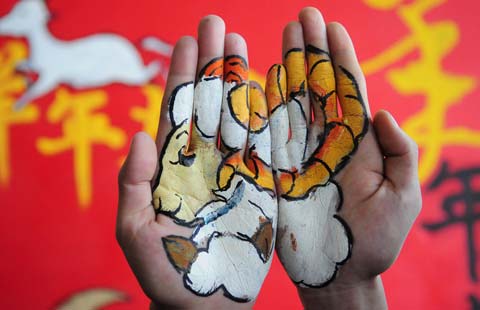Heart of hiroshima
Updated: 2015-11-04 07:56
By Sun Ye(China Daily)
|
||||||||
Visitors to the city feel the pain of the atomic bomb, but also share the hope of a lively and determined citizenry on a quest for peace, Sun Ye reports.
'No more Hiroshima. No more Nagasaki. No more wars. Never."
In her quivering, nervous voice, Nobuko Morikawa ended her speech. For an hour, she spoke about the aftermath of Aug 6, 1945, the day when the United States dropped the atomic bomb Little Boy on Hiroshima at 8:15 am.
The bombing was one of the crucial events that culminated in the end of Japan's aggression in World War II.
"On the street, the smell was so strong that one couldn't even open the eyes."
The wounded, she says, "looked like they came from hell."
"In the hospital, all you heard around you was: 'I want to die.' 'I want to die.'"
Nobuko didn't live through it. In her mid 50s, she was sharing her 84-year-old mother's experience. Her mother, Kiyomi Kohno, had passed the baton to her so that the gut-wrenching memories don't get lost.
After recounting her mother's shock when she stepped into the ruins to look for relatives a day after the bombing, she revealed how her mother's life-long work for peace began. Nobuko also vowed to the audience at the Hiroshima Peace Memorial Museum that "I will never forget the day" and that she too would spend her years calling for a nuclear-free, peaceful world.
I emerged from the museum (part of it is under renovation until 2018) with a handful of fliers asking for peace-petition signatures and five colorful origami cranes. I will never look at them the same after learning how the cranes held and crushed Sadako Sasaki's dreams.
She had leukemia from A-bomb radiation. The girl was told that a thousand paper cranes would grant her any wish. So she folded the papers and wished for health.
At the end, the 12-year-old was still fumbling with paper cranes.
Field trips
On my Saturday-afternoon visit to the Peace Memorial Park, I saw at least six primary student groups on field trips. They're told about the damaging effects of radiation, blasts and heat rays from A-bombs. How the city lost 140,000 lives and was razed to the ground 70 years ago. While standing on their "Ground Zero", they saw relics from the historic day such as charred lunchboxes and scorched clothes, disfigured models with peeled off skin and melted eyes. They gasped. Some fled. And at the end of their tours, strings of paper cranes were presented to the Children's Peace Monument, in memory of Sadako.
"We would all come to the park starting from a very young age," a passer-by in his 20s told me. "We are shocked. It's fearful."
"What did we learn? No wars. No more fighting anymore."
The Peace Memorial Park, which opened 10 years after the event, is peaceful today. The A-bomb Dome has somehow stripped most of the horror its blackened columns carried. Standing with its skeletal frame, it's now the serene backdrop to tourists' smiley selfies. The park, with wide alleyways, a clear water passage and woods going golden during my early October visit, is also the civic square people come pushing kids' strollers.
Its east end opens to Hiroshima's central commercial area, along with its old municipal baseball stadium.
Boisterous city
And on that Saturday afternoon, when I walked to the Shareo area from the packed museum, Hiroshima was a boisterous city - that is, by Japanese standards.
Streets were lively with laughter and talk. One had to watch out not to bump into another skinny yuppie donning a beanie hat.
Streetcars were crammed with Carp fans wearing their team's bright red baseball caps and jackets. They were heading to the world-class Mazda Zoom-Zoom stadium.
Hiroshima Castle, a short walk away, had families picnicking, throwing frisbees and walking dogs as their weekend routines.
You could choose to become completely oblivious to the bomb's hypocenter and the tragic history after turning away from the park.
Except you now have the acute sense that such a happy, peaceful life doesn't come easily.
The designated City of Peace reminds you of the past whichever way you turn.
Shukkei-en, the 17th-century garden of miniature ponds, bridges and hills that showcases Japanese aesthetics, is rightly admired for its layout. But come close-up to a tree, or a hut and the plaques would explain how far it was from the hypocenter, whether it survived or not, and how it was finally restored.
It's the same with buildings along Hatchobori: Introductions are about whether or not they withstood the blast. That clear summer day in 1945 is seared into their history.
Step away from downtown to the suburban Mitaki temple. Amid the green and the famous passage of Buddha figures, stone tablets describe what was seen from the site on that day.
Traffic hub
Boarding the streetcars, the city's primary means of transportation, you're told the convenience came from a nationwide donation in the wake of the tragedy.
As the city picked itself up with help of the national Hiroshima Peace Memorial City Construction law after the war, it regained its place as a traffic hub and one of the most prosperous cities in the region.
If you lay your eyes on oleander, voted the city flower, you will think of the A-bomb too. It was the first flower to bloom after the explosion, when belief was rampant that the land would yield nothing for 75 years.
Or if you see a message of Mayor Kazumi Matsui on fliers and posters, it's very likely to be this: We're working to abolish nuclear weapons by 2020. For world peace, join up!
I chose to stay in the Pacific Peace Hotel for its location as well as the name, and here is how I respond to Matsui's call: Go to Hiroshima and take peace to heart.
Contact the writer at sunye@chinadaily.com.cn
(China Daily 11/04/2015 page19)

 Peace Ark docks at San Diego
Peace Ark docks at San Diego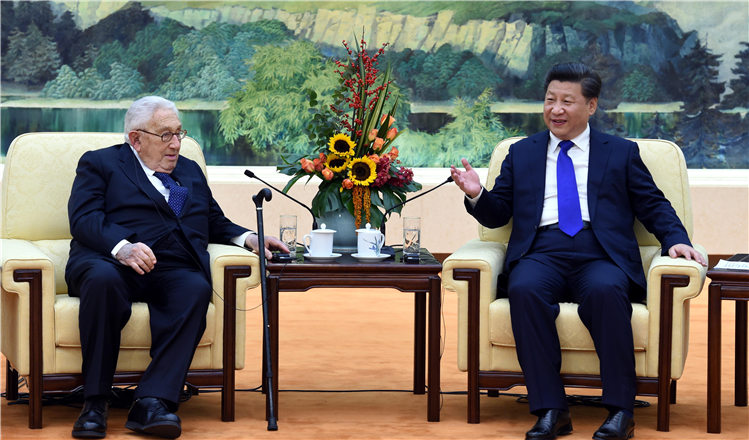
 Xi: new chances for Sino-US ties
Xi: new chances for Sino-US ties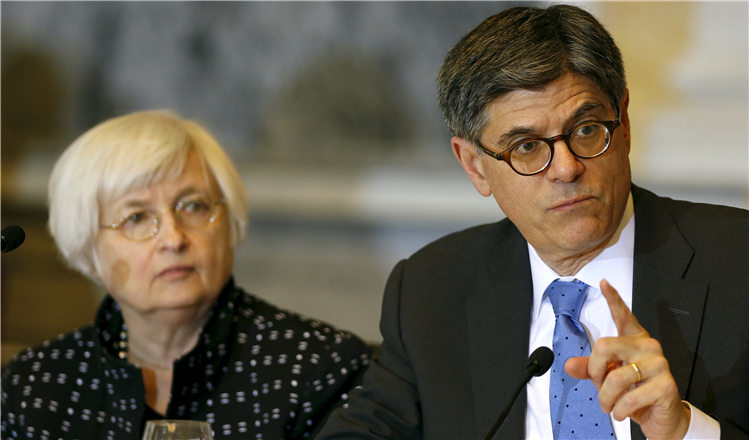
 Wait and see?
Wait and see?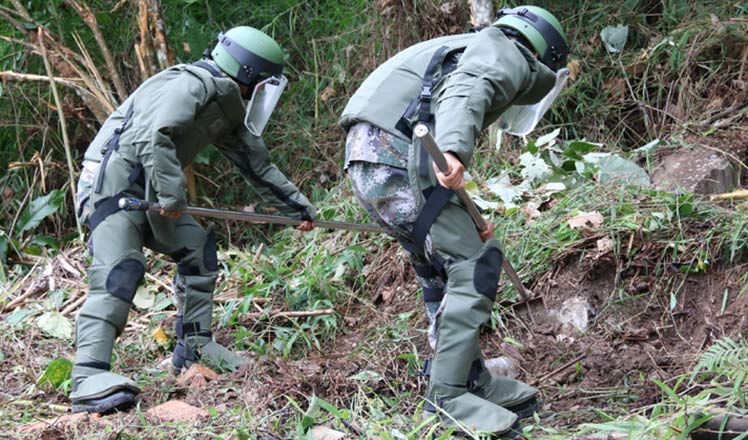
 Mine clearance mission on China-Vietnam boarder
Mine clearance mission on China-Vietnam boarder
 Subway graffiti takes passengers underwater in Foshan
Subway graffiti takes passengers underwater in Foshan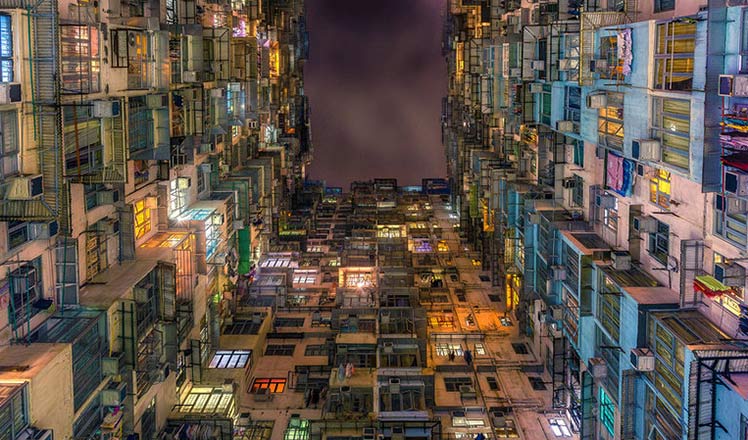
 'Always look up': China's skyscrapers from below
'Always look up': China's skyscrapers from below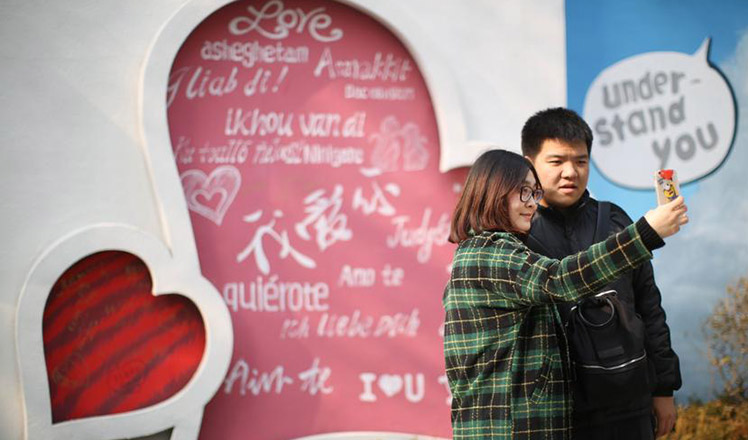
 'Wall of love' in Shenyang paints romance in new color
'Wall of love' in Shenyang paints romance in new color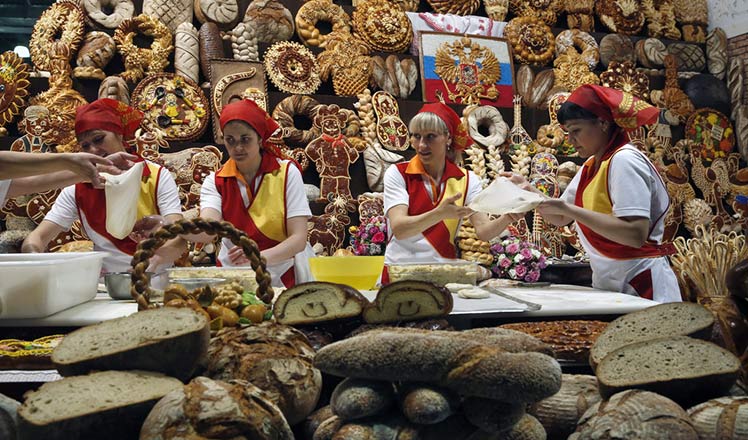
 Top 10 countries that export most foodstuff to China
Top 10 countries that export most foodstuff to China
Most Viewed
Editor's Picks

|

|

|

|

|

|
Today's Top News
Tu first Chinese to win Nobel Prize in Medicine
Huntsman says Sino-US relationship needs common goals
Xi pledges $2 billion to help developing countries
Young people from US look forward to Xi's state visit: Survey
US to accept more refugees than planned
Li calls on State-owned firms to tap more global markets
Apple's iOS App Store suffers first major attack
Japan enacts new security laws to overturn postwar pacifism
US Weekly

|

|



